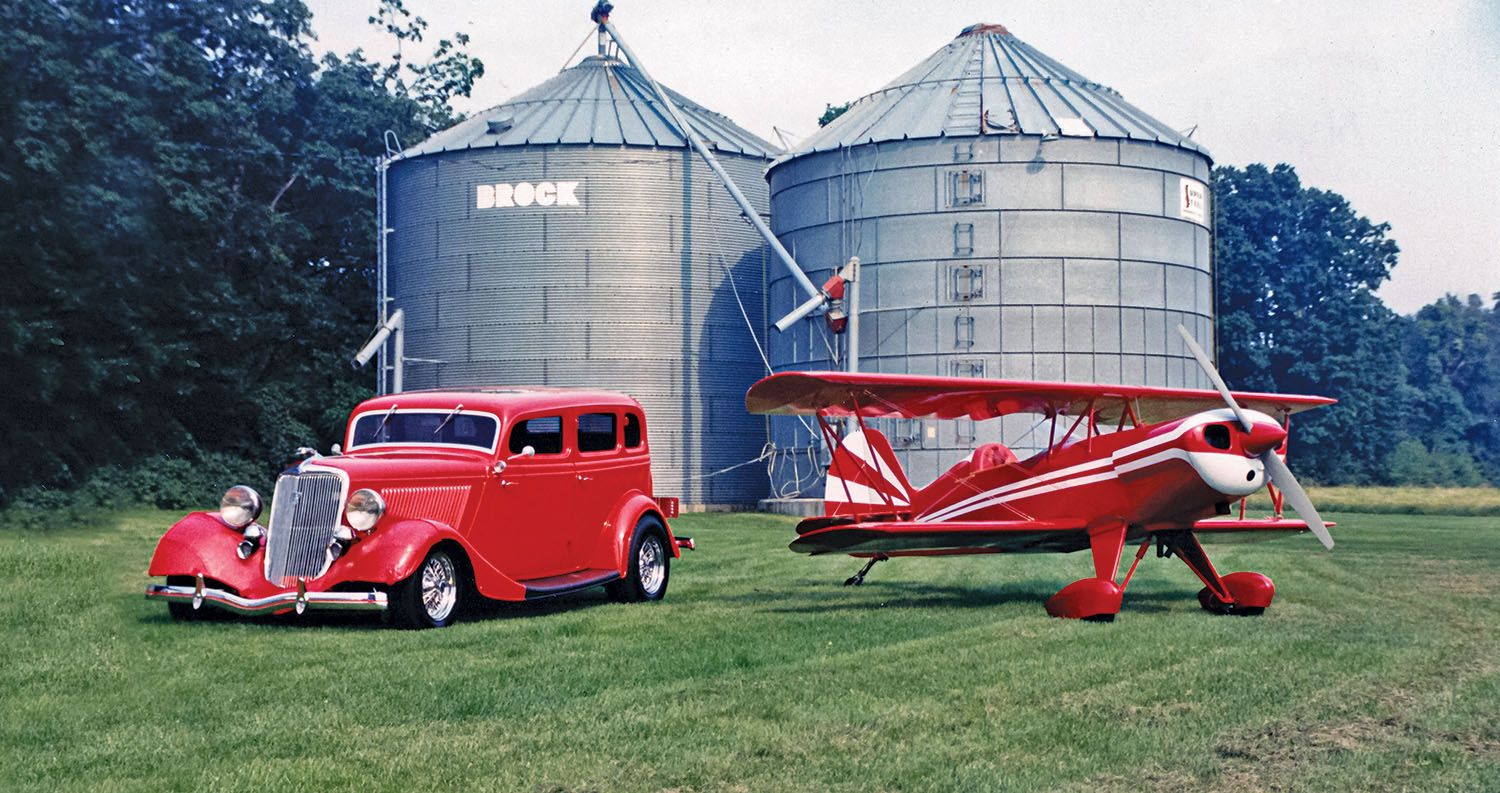
Airplane people tend to be drawn to all Machines That Move Us. Cars, motorcycles, boats. (Trains, too, but it’s cumbersome, as an individual, to own a locomotive). We derive pleasure from their form—I submit as evidence the P-51 Mustang, Jaguar XKE and any Chris-Craft wooden boat—and even more pleasure from animating their inanimate parts. When our hands and minds merge with a vehicle’s form and function, we create a union that can move us physically across the land, over the water, or through the air and emotionally and spiritually to places uncharted. Nothing is better at this than an airplane. They give us access to the tall, unbounded sky and the unrestricted movement it allows. Up, down, left, right, forward and, yes, sometimes aft. In scant hours Metal Illness has even transported me through time, erasing decades and advancing seasons.
Experimental airplanes may be the ultimate manifestation of the human/machine merger. Homebuilding is the one corner of aviation where we can express our individualism throughout the width and breadth of the machine and create a one-of-a-kind aircraft. Homebuilts are the custom cars of the aviation world. We’re not slapping a spoiler on a Scion or snapping neon wiper blades on a Neon. We can impact every aspect of a homebuilt’s form and function. Sometimes for better, sometimes for worse, always for something individual.
In Name Only
What defines a particular airplane? Its name? Performance? Shape? Intended mission? A designer incorporates specific performance, cosmetics and mission goals into a design and then gives the whole package a name. The name becomes synonymous with those qualities. We builders, however, can change those qualities with each decision we make. The Piper Cub, at 65 hp, is a quintessential flight trainer. A Carbon Cub, at 180 hp, is not. A casual observer may consider them the same—to some, every airplane is a Cub—but they are indeed very different animals despite their shared form and name. Most of us instinctively know a 65-hp Piper Cub and 180-hp Carbon Cub are not neighbors on the performance spectrum. Less obvious but equally impactful, differences can exist among seemingly identical homebuilts. A 120-hp Sonex licensed at an 1150-pound gross weight is a Light Sport-compliant aircraft. Once licensed at 1200 pounds—just 50 pounds more—it’s not. That nearly invisible change increases the wing loading, thereby increasing the stall speed, putting that Sonex outside the Light Sport category. A simple paperwork entry altered how that Sonex can be flown and by whom. By extension, equipping a Fly Baby with IFR instruments does not make it a suitable IFR airplane.
Modification or Improvement?
I’ve yet to meet a homebuilder who doesn’t consider their modifications improvements. Those words aren’t interchangeable. Whether a modification is an improvement depends on who’s passing judgment. To see this play out, I suggest painting a 1967 Corvette a non-original color. Some people’s reactions will hold enough heat to temper glass. Others will love it. Lucky for us, homebuilts are like custom cars, not classic cars. No one can say you’ve applied an incorrectly shaped lightning bolt over the wrong shade of yellow on a Hummelbird or that a Kitfox never had orange velvet seats. Others may disapprove of your choice of paint and upholstery, but they can’t argue it’s inaccurate.
Homebuilts can also be modified—certainly not improved—in ways that render them dangerous. A modification I see too often in the Sonex community is the throttle, and only the throttle, of the legacy model moved from the left side of the cockpit—where it is intentionally grouped with the flap, brake and trim controls—to the center of the cockpit. The reason some builders move the throttle is to give their passenger access to it. This seemingly innocent change introduces the dangerous need for the pilot to change hands on the stick during the critical phases of flight to also operate the flaps, brake, throttle and trim. (Sonex provides optional plans to configure the controls so that both pilot and passenger have proper access to all controls.)
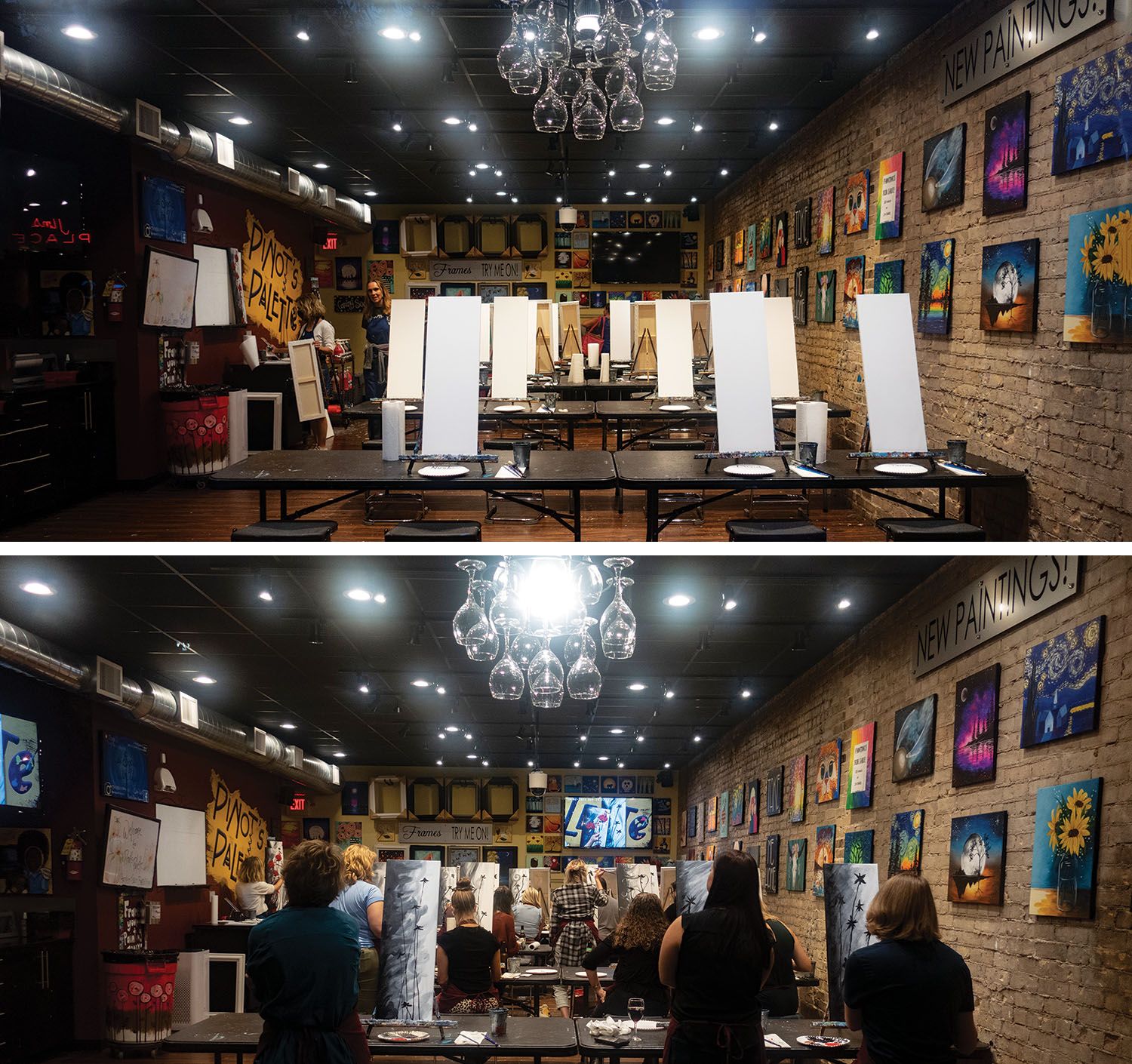
Why It Matters
Anyone shopping for a minivan can rest assured that the towing capacity, estimated mileage, controls and seating capacity for a particular model and year will match the manufacturer’s specifications. No one references Ford’s website for the specifications of a custom-bodied ‘32 Coupe egged on by a nitrous-breathing 427. Think of homebuilts as the ‘32 Coupe. They occupy the no-man’s-land between a designer’s intent and a builder’s execution. Discounting the potential introduction of serious safety issues from builder modifications (more than one pilot has been surprised to learn the center-mounted throttle in their second-hand Sonex is considered dangerous), the custom-built nature of homebuilt aircraft can also impact the performance, value, and owner experience among similar-looking airplanes. The further a finished airplane drifts from the designer’s vision, the less it can be compared to the designer’s specifications and the fleet at large.
Modifications can impact a designer’s ability to support a specific aircraft. Further, A&Ps, who non-builders frequently count on to sort out issues with their new-to-them airplane, are nearly always working in the blind when servicing homebuilts. They are often unfamiliar with what is or what should be. Wheel pants absent from a high-performance design can significantly impact its speed, climb rate and range, rendering the manufacturer’s data useless. That is easily corrected by installing the missing fairings if the lack of fairings is identified as the cause of the lost performance before thousands of dollars have been thrown at unneeded engine work and a different propeller. If moved to purchase a used homebuilt, don’t take for granted a particular airplane hasn’t been modified in a manner that compromises the design’s intended mission or performance, or that a safety issue hasn’t been introduced.
It must be accepted that no two homebuilts spawned from identical kits will be identical. The empty weight of each airplane will undoubtedly reveal a difference. The heavier airplane has a performance disadvantage. Unless the lighter airplane has a compromised thrust line, making it less efficient aerodynamically. With little effort, we can see that many minor deviations—or one big one—can impact an airplane’s performance. On the used market, it’s fair to say an airframe that most closely matches the designer’s specifications is worth more. No one shops for a Zenith CH 750 that can only carry one person or a Lancair that is 20 knots slower than the fleet average.
Moving That Which Moves You
The difference in finished cost between two projects can be staggering yet have no impact on their values. (Do yourself a favor, don’t track your project’s cost. What’s the phrase? Oh! “Ignorance is bliss.”) Improvements (however you care to define that word), even those that have no impact on performance, can negatively impact an airplane’s value. An airplane professionally sprayed in your wife’s favorite shade of metallic puce or airbrushed with a mural of your husband’s favorite jazz venue, may add $9000 to the build cost and appeal only to your spouse. Like granite countertops in a cheap college rental, expensive avionics can be devalued by the airframe in which they are installed while the airframe’s value increases by only a fraction of the avionics cost. There is a very little demand for IFR-equipped Fly Babys.
When moved to personalize that which moves you, keep in mind your improvements may be another person’s off-putting modifications. By all means, make your airplane yours, but accept that some modifications can devalue your airplane when it comes time to move it. And that time always comes. Always.









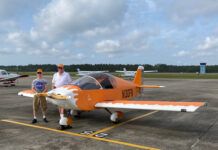
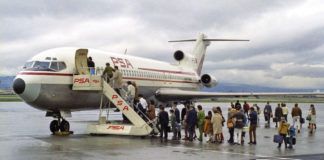
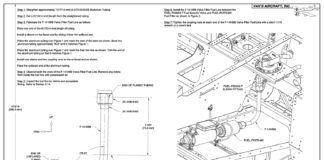
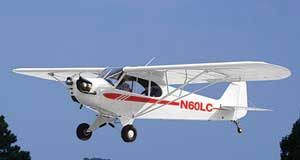
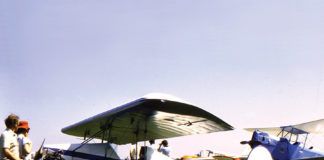
I personally do think of money I am putting into my airplane as adding monetary value. Maybe sellability but then…I truly have zero plans to sell it. Will it..in many years I hope. Sell it ???
In any event for what my $2 opinion is worth, this article is entertaining and spot ( landing ) on.
Hi Doran,
Thank you for reading and taking the time to comment. I hope your airplane gives you many hours of enjoyable building and flying.
~Kerry Fores